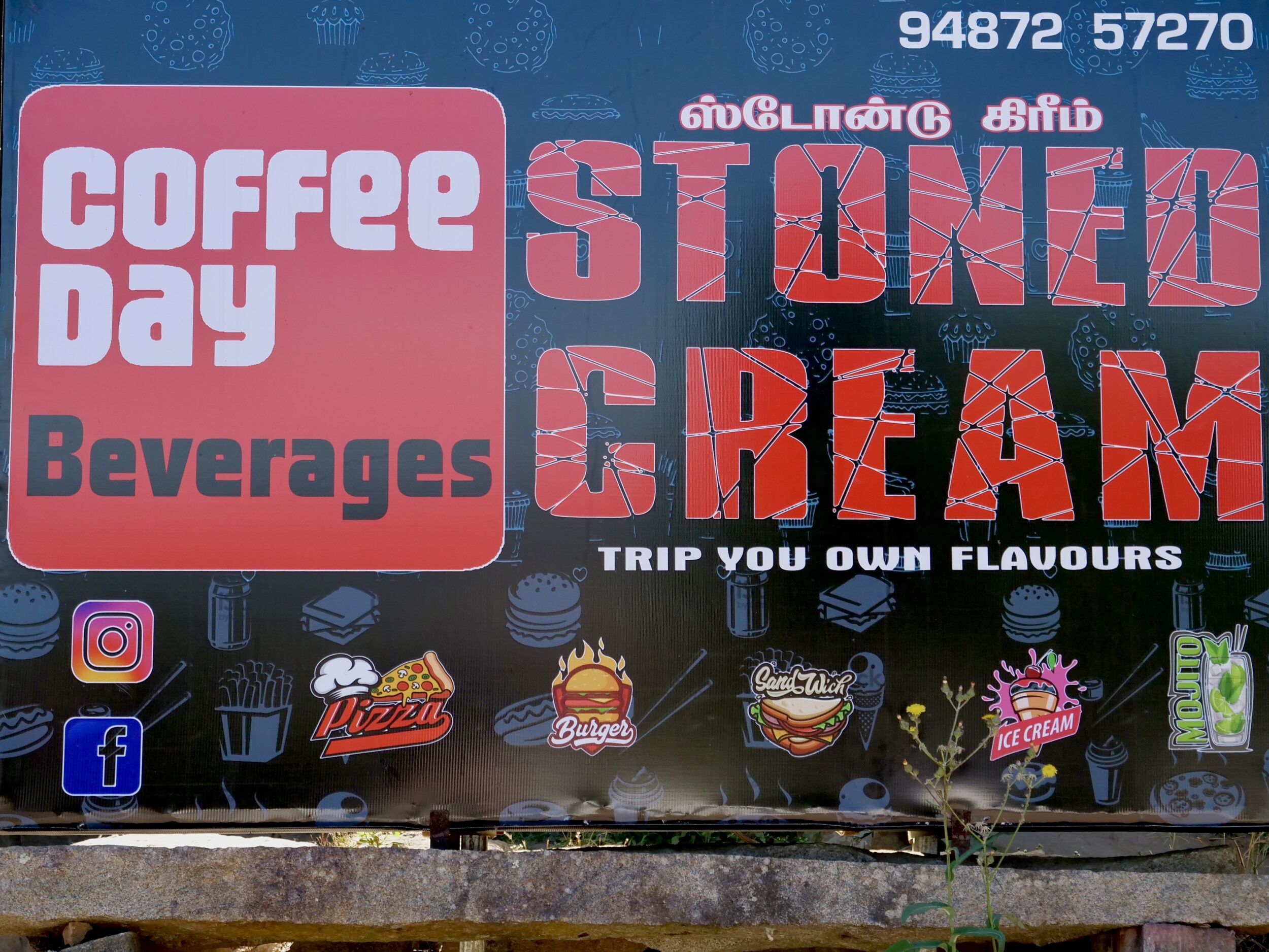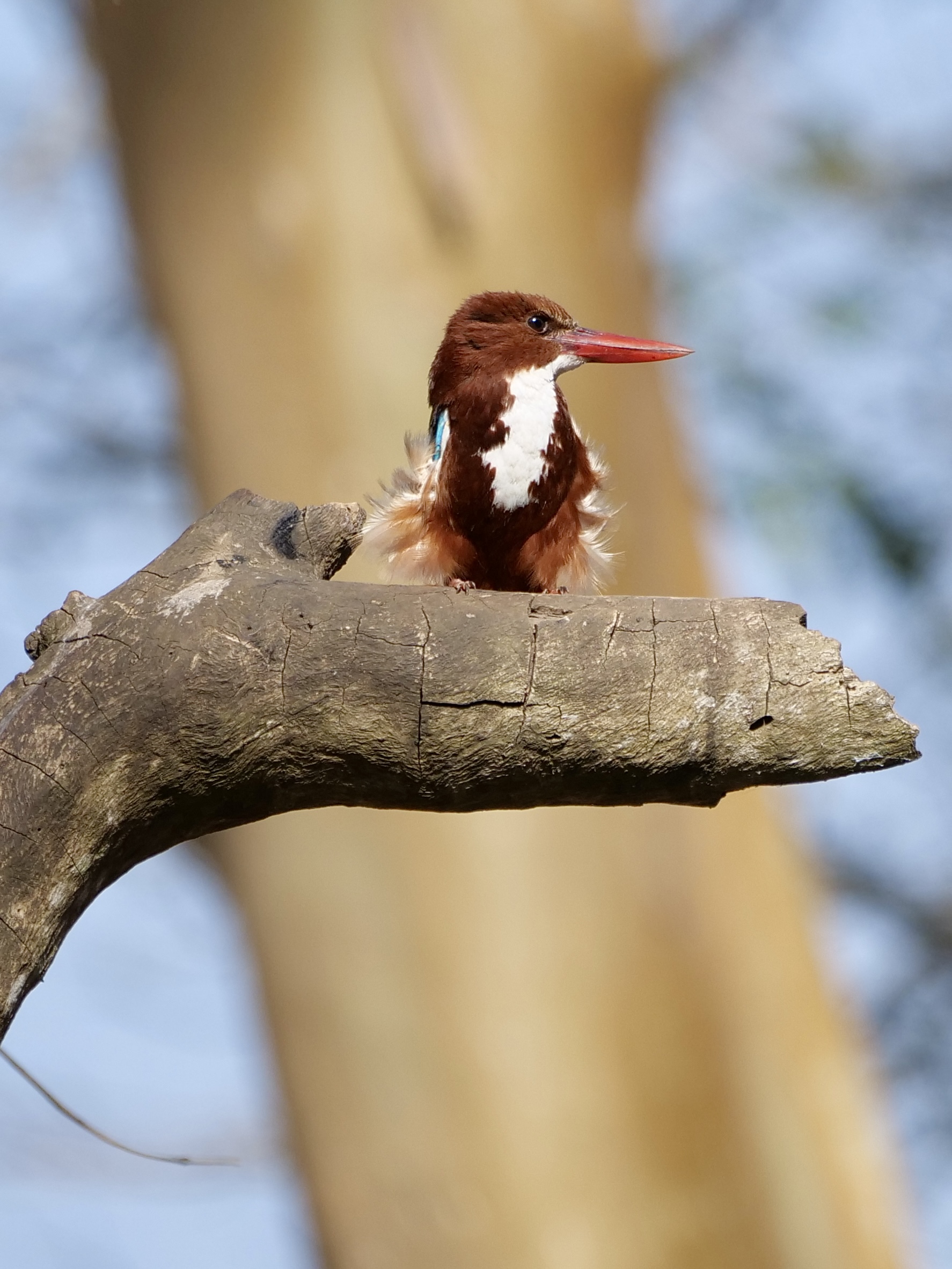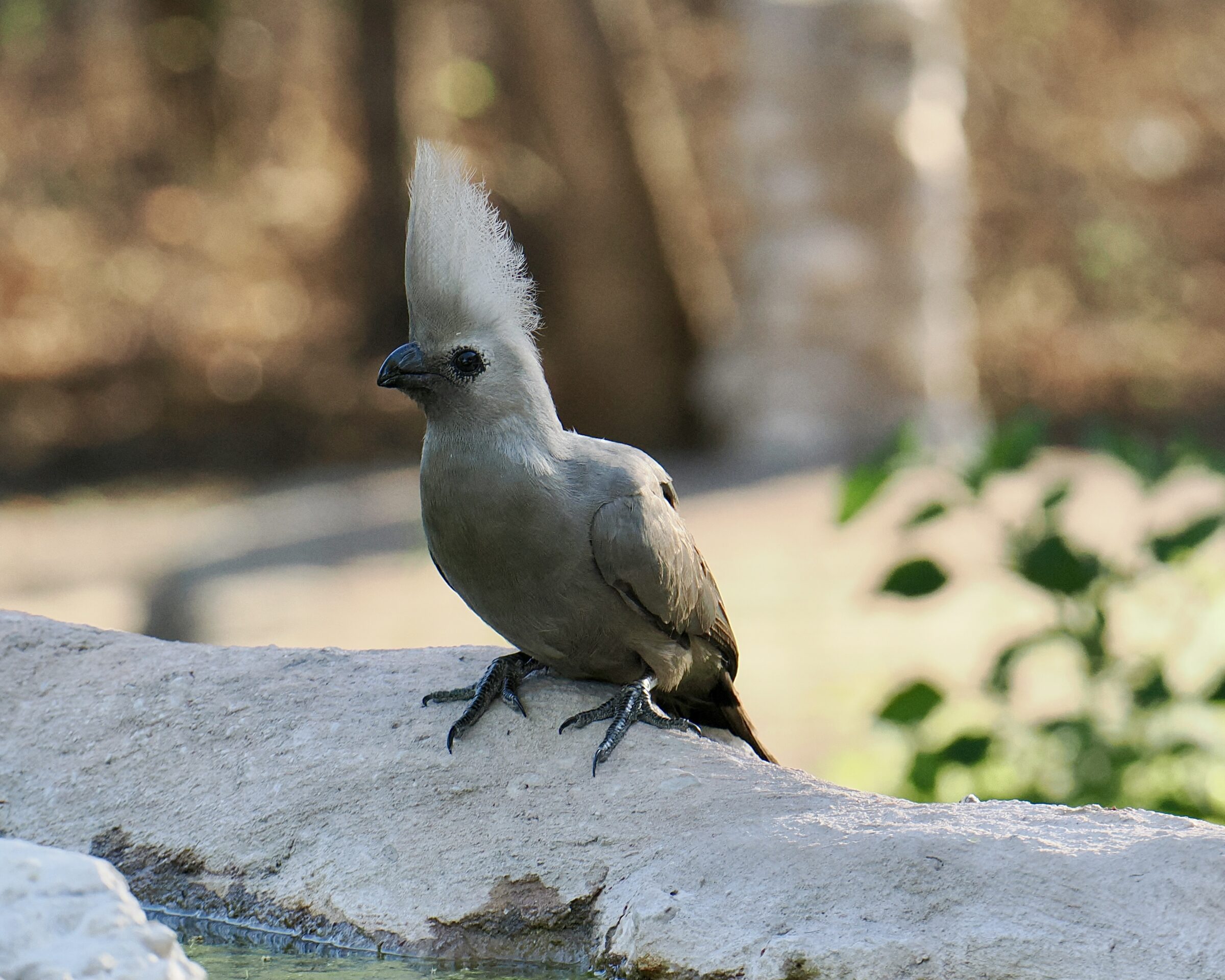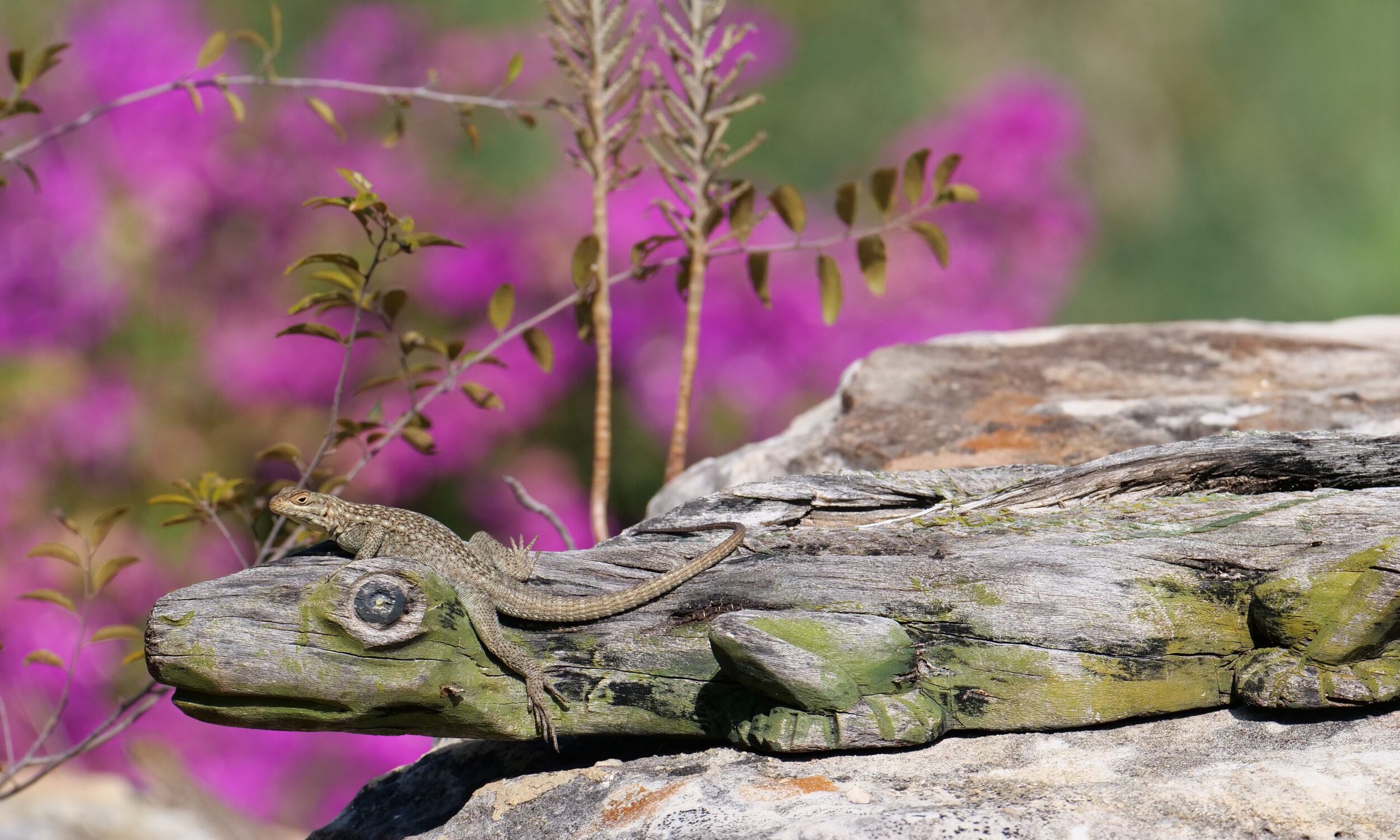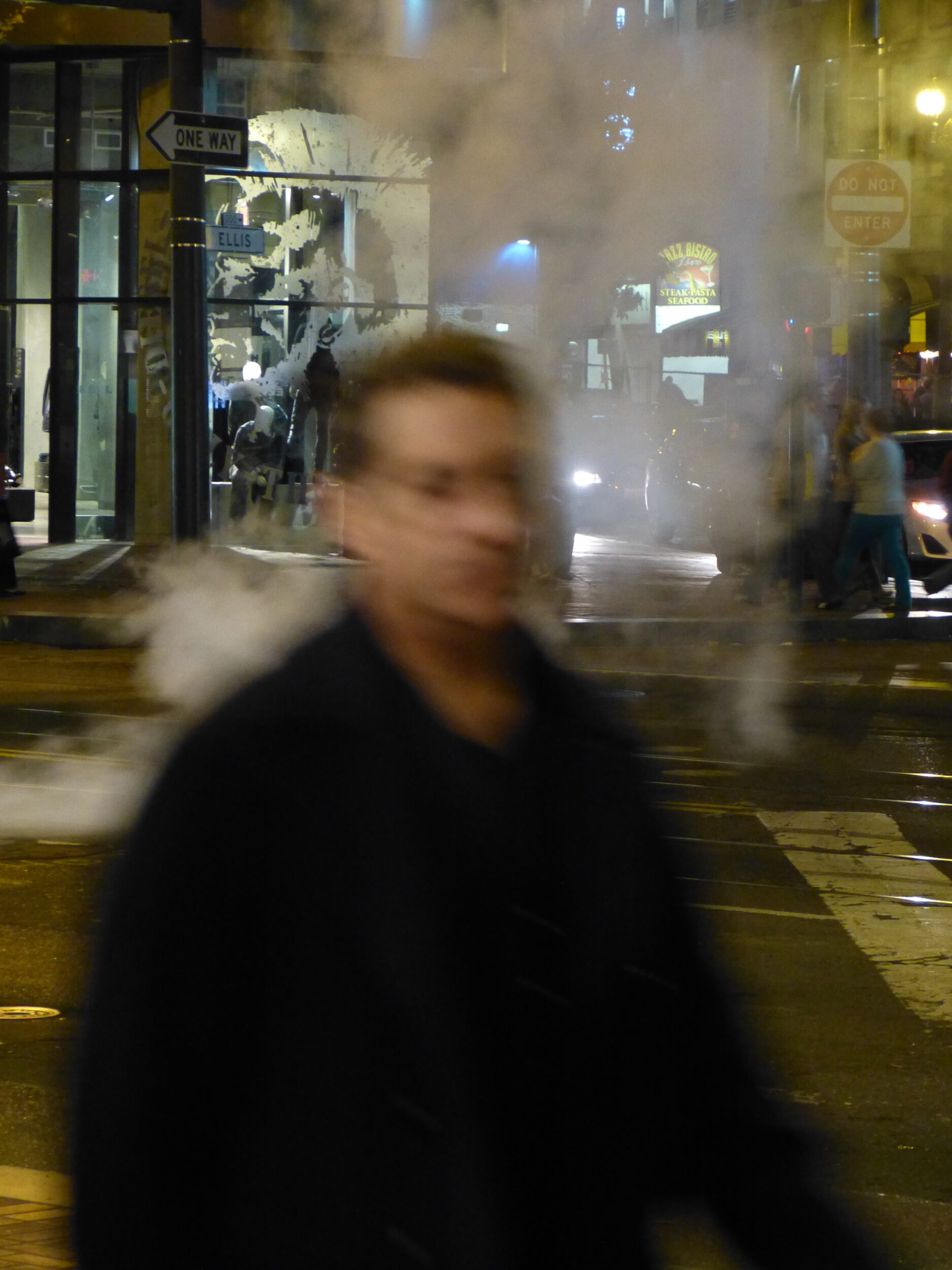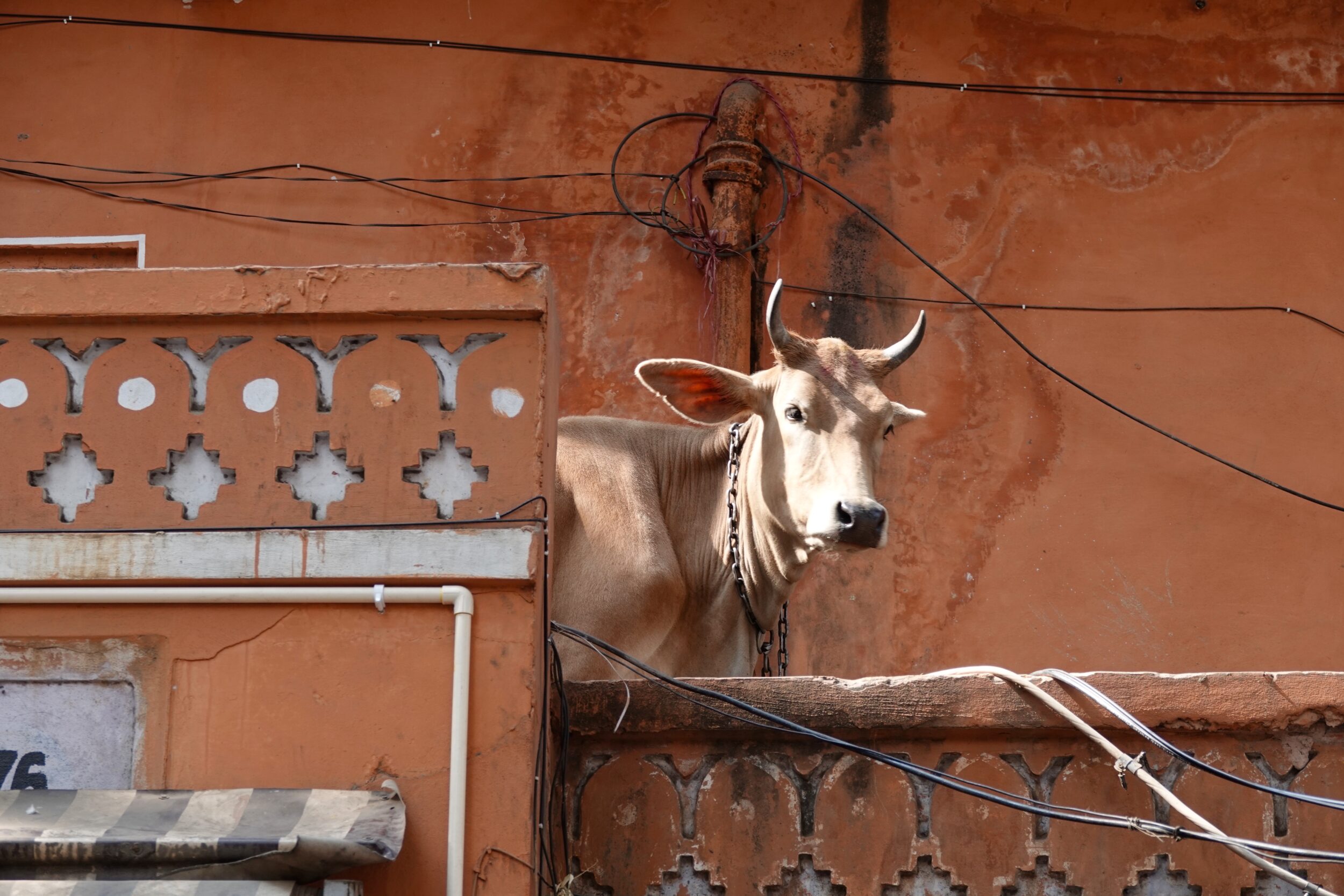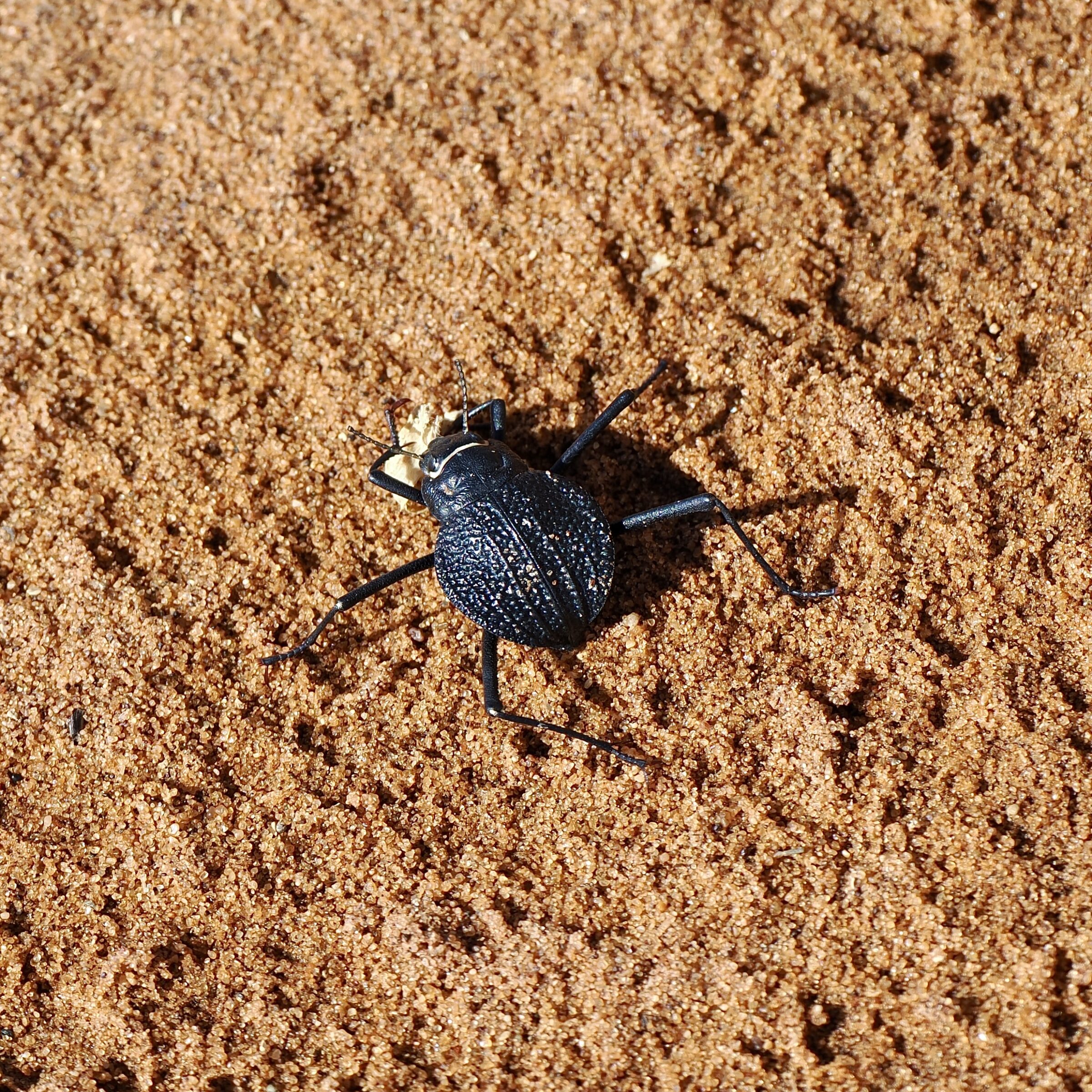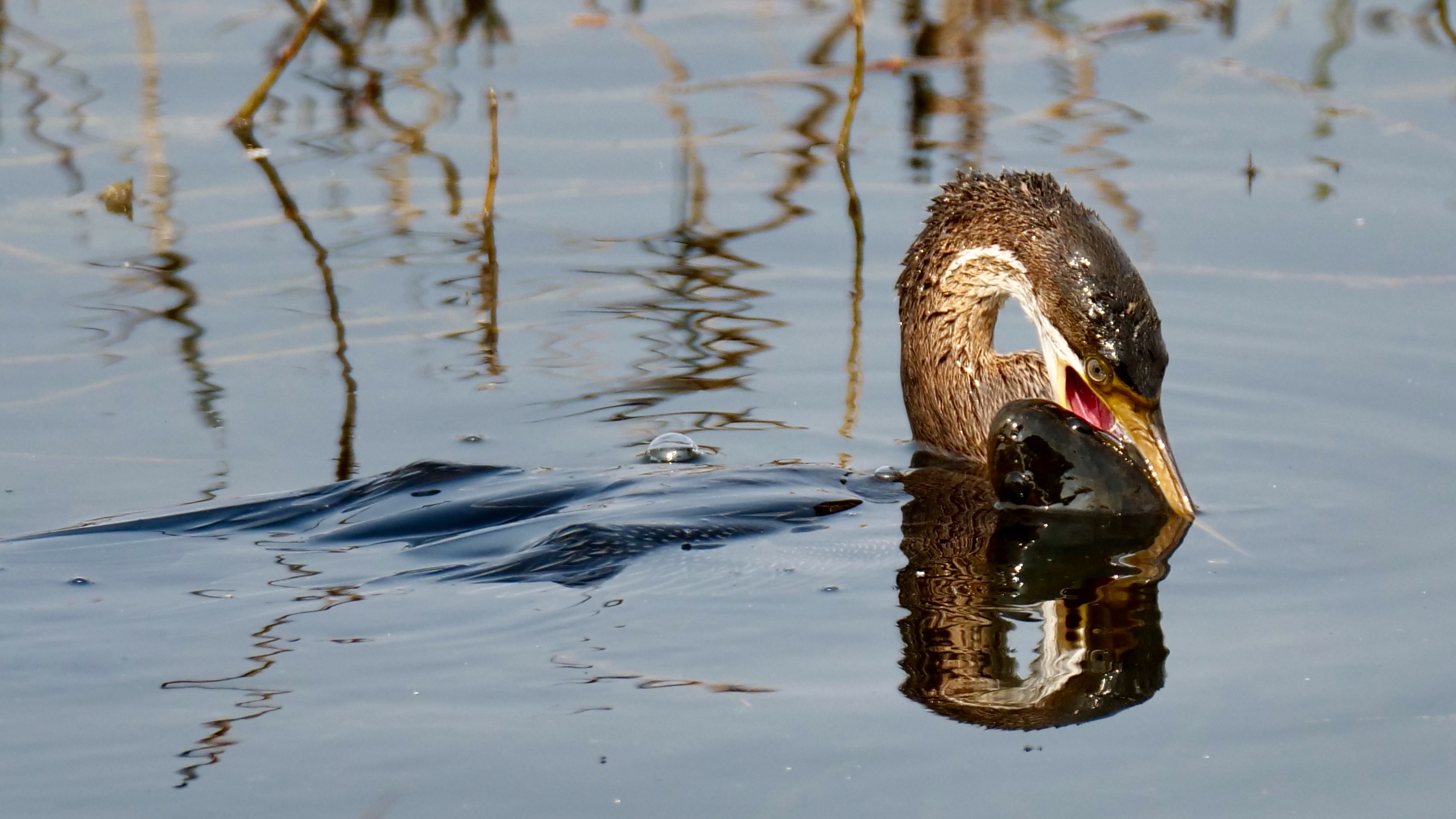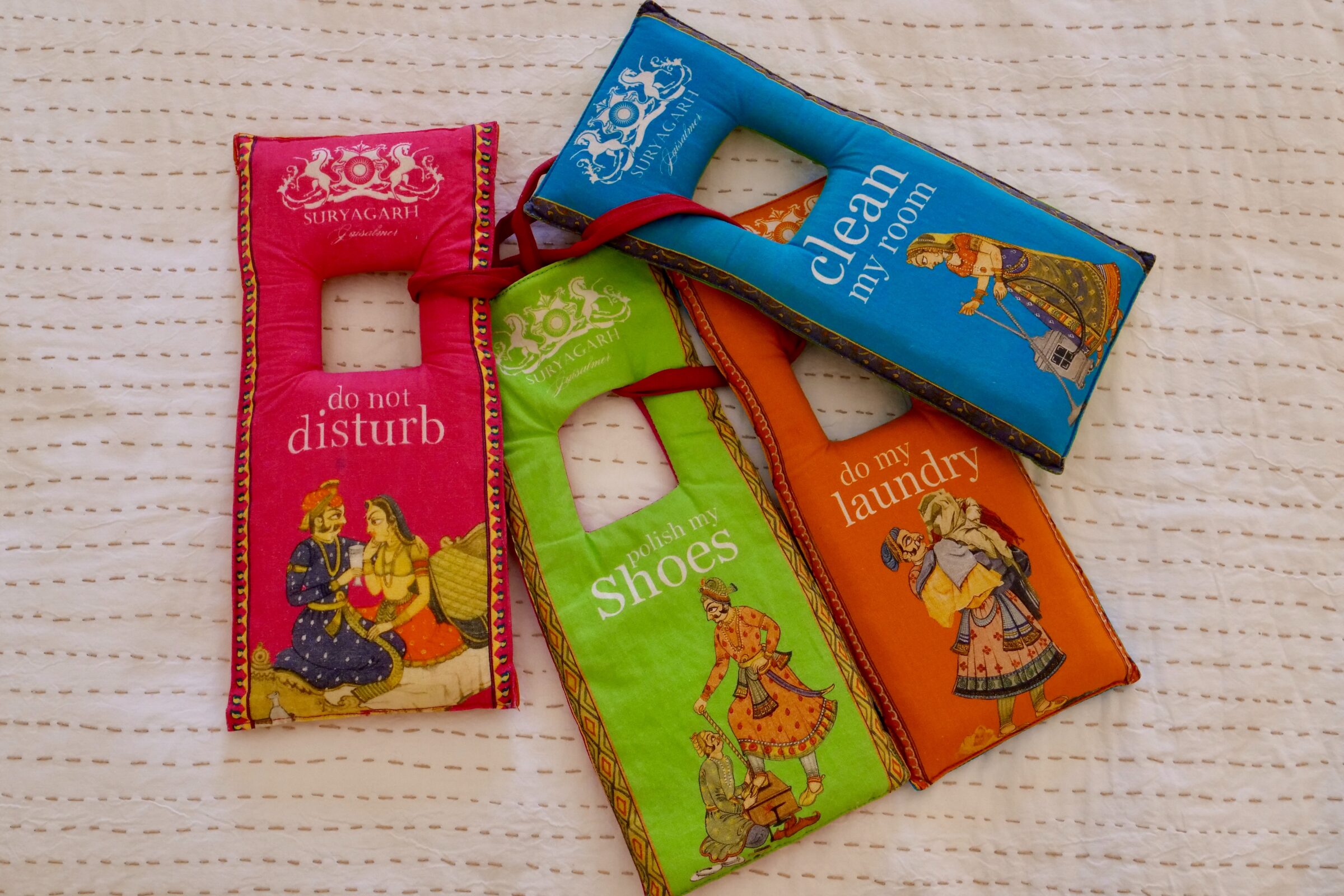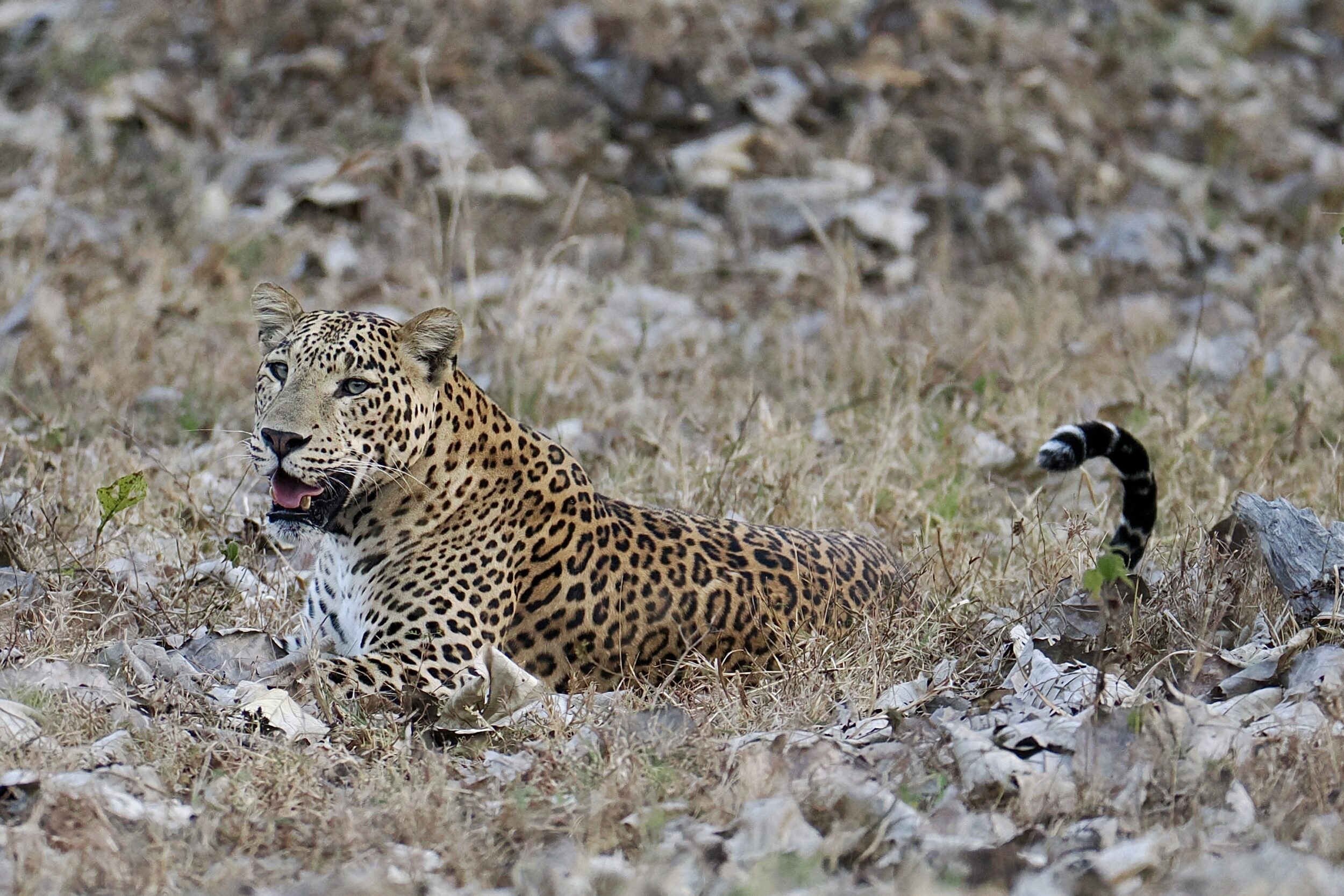The roadside billboard pictured above is in the foothills of the Nilgiri Hills.
It hopes to lure travellers into what is in fact merely yet another of the world’s millions of franchised purveyors of junk “food”, “soft” drinks, and lousy coffee.
What’s actually on offer is drearily “global”, but the billboard-hyperbole has an unmistakably Indian flavour.
Where else would a brand name even attempt to associate its burgers, pizzas, sandwiches and fizzy drinks with drug “trips” and rock music’s first “supergroup”?
Comments closed